Text
Zuhal - routines through portraits

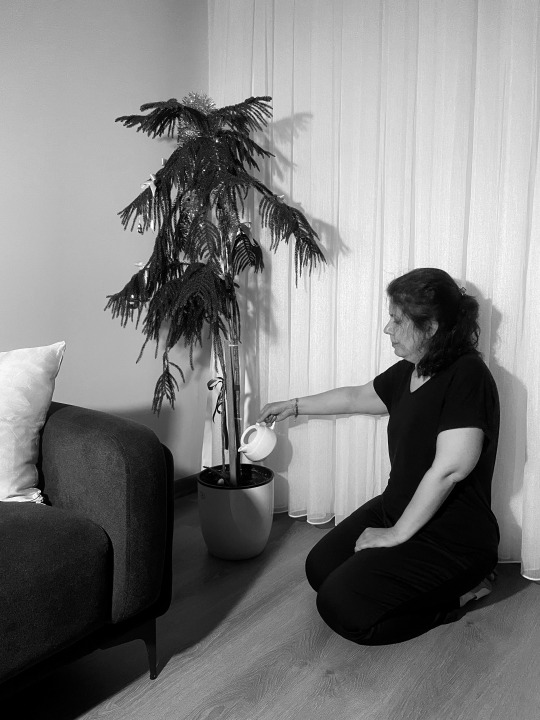



We see Zuhal in her daily routines, in the kitchen, watering a houseplant, cleaning, reading, and getting ready.
In this portrait series, I employ a variety of artistic and stylistic choices to evoke emotion, capture authenticity, and tell a compelling story about daily routines.
Low contrast, blurred textures, and added noise, lend a sense of intimacy and vulnerability to each photograph. By softening the edges and blurring the lines between the subject and surroundings, I invite viewers to delve deeper into the subject's details and actions.
Frames within frames and natural framing techniques add layers of depth to my compositions. Whether it's the intricate patterns of branches embracing a subject or the geometric lines of other objects enclosing them, these natural frames offer a window into the world within, inviting viewers to explore and interpret the narrative within the portraits.
Harsh lighting and dominant shadows play a pivotal role in shaping the mood and atmosphere of my portraits. By embracing the interplay of light and shadow, I create a sense of drama and intensity, drawing viewers into the emotional landscape of each image.
In my close and tightly framed compositions, every detail is there to be seen. From the subtle curve of a smile to the intensity of a gaze, each element is magnified, inviting viewers to immerse themselves in the rich tapestry of daily routines in human experience.
0 notes
Text
Behind the Lens: Yıldız Moran
Yıldız Moran, the first academically trained woman photographer of Turkey, was born on April 10, 1932, in Istanbul, Turkey.
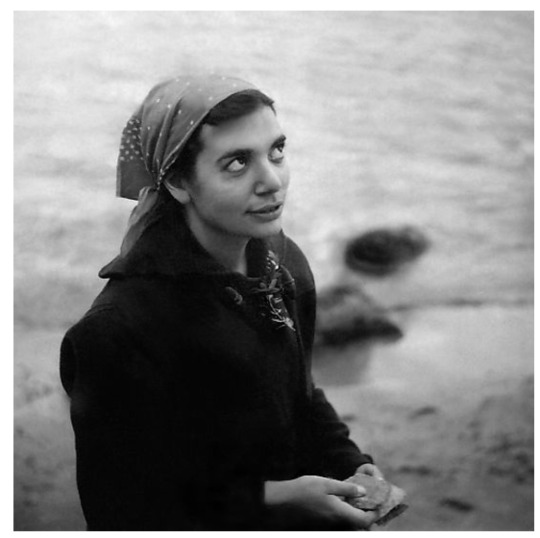
Her respect for life and nature, the warmth of her works are recorded in the history of Turkish photography.
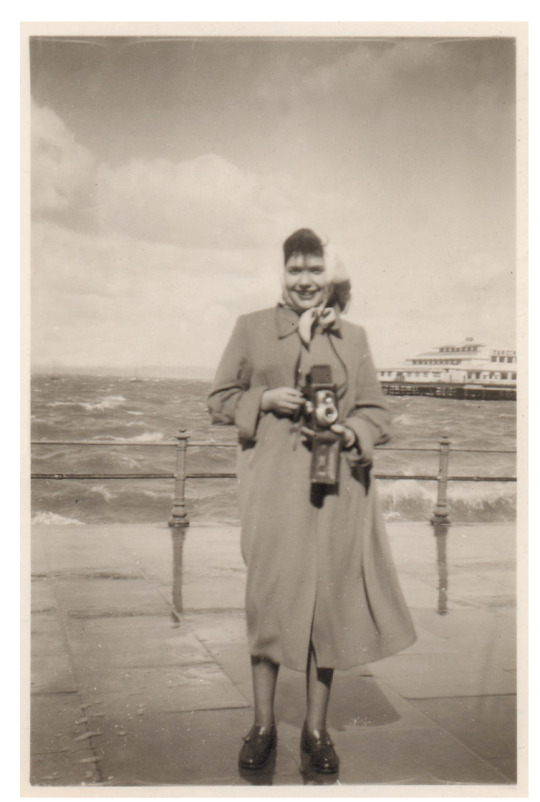
“The camera must be like an extension of your being so that it doesn’t create an obstruction between you and your subjects. Anything that has poetry in it is the subject of photography. My only intention has always been to photograph what was universal while staying true to the concept embodied by my subject.”
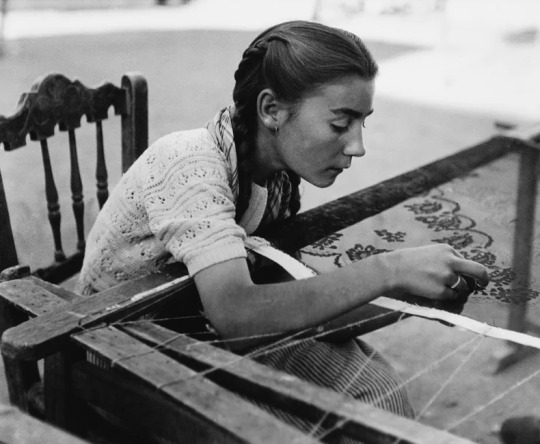
MANTILLAS, Granada, Spain 1952
Moran's photography journey is characterized by a profound exploration of Turkish society and culture. Through her lens, she captured intimate moments and candid portraits that reflect the essence of Turkish life with depth and authenticity.

FILTER , FİLTRE, Antalya Turkey 1955
In addition to her documentary work, Moran's portraiture works are well known. Her ability to capture the nuances of her subjects' emotions and personalities is evident in her portraits, which resonate with viewers on a deep human level.

HANDS , ELLER, Antalya, Turkey 1955
Throughout her career, Moran's photography has been featured in galleries and exhibitions both in Turkey and internationally. Her work has earned acclaim for its artistic merit and cultural significance, solidifying her status as a pioneering figure in Turkish photography.
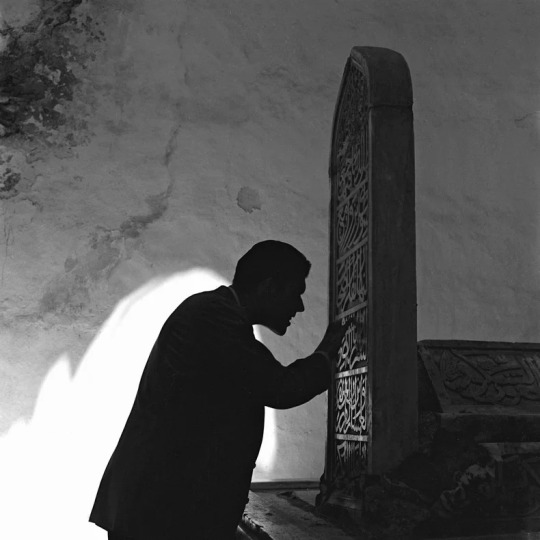
READER, OKUYAN, Istanbul, Turkey 1954
Yıldız Moran's legacy extends beyond her own body of work; she has played a significant role in shaping the landscape of Turkish photography. Her artistic vision and commitment to the craft have inspired aspiring photographers and paved the way for future generations of Turkish artists.

FREE FALL, SERBEST DÜŞÜŞ, Afyon, Turkey 1955
0 notes
Text
Nostalgic Nods and Everlasting Charm, Old Barbie Movies
In the realm of childhood memories, few things make us feel the nostalgia and warmth as the old Barbie movies. For many, these films were not just a form of entertainment, but a portal to a world where fairy tales came to life, and dreams danced on the screen.

The magic of the original Barbie movies is in their enchanting portrayal of classic fairy tales and timeless novels. Each movie saw Barbie in various roles, from graceful ballerinas to adventurous musketeers. Alongside her were her loyal sisters, either having a helping hand or going on adventures together.
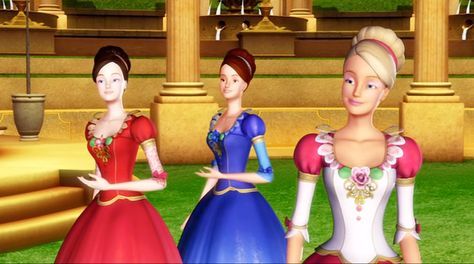
What set these movies apart were the special beings and animals that accompanied Barbie on her journey, adding an extra layer of whimsy and wonder. Whether it was a fairy or a faithful companion, these characters added depth to the stories and helped Barbie overcome obstacles.

One of the defining features of these movies was their original soundtracks, filled with catchy tunes that lingered in the minds of viewers long after the end of the movie. Combined with stunning illustrations, the films transported viewers to elegant landscapes where magic and beauty intertwined.
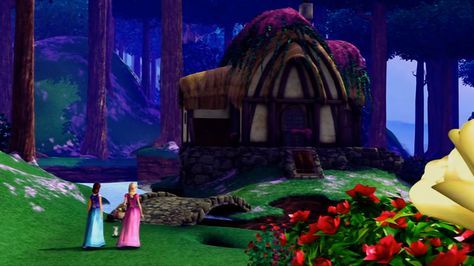
Despite their simple animation and lack of technical prowess, the old Barbie movies excelled in storytelling. They were rich in themes of independence, female friendship, and solidarity, resonating with audiences of all ages. While the plots were often driven by familiar narratives, they never failed to captivate with their unique aesthetic and heartwarming messages.
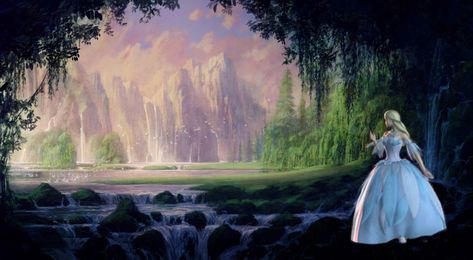
However, as time passed, the landscape of Barbie movies evolved. The films of the 2010s embraced a more straightforward storyline, leaning towards light-hearted fun rather than intricate plots. While still charming, these later movies lacked the depth and complexity of the old ones.

Yet, despite the changes, the allure of the old Barbie movies remains. They remain a cherished part of many childhoods, reminding us of the power of imagination, friendship, and the magic of happily ever after.
0 notes
Text
What color are your dreams?
This is the color of Miró's dreams:

Joan Miró Photo: This Is the Color of My Dreams 1925 Oil on canvas 96.5 × 129.5 cm "Ceci est la couleur de mes rêves," means "this is the color of my dreams."
When the writer Georges Raillard asked about the meaning of the word “Photo,” Miró said, “I started with the idea of a photo—I don’t remember at all what photo it was. I neither did a collage nor a reproduction of it. I simply painted the word ‘photo.'”
In the realm of artistic discourse, conversations between creators often spark new ideas, reshape perspectives, and elevate the understanding of art itself. One such dialogue that left an indelible mark on the art world was between Joan Miró, the renowned Catalan surrealist painter, and Georges Raillard, a French art critic and historian. Their exchanges not only shed light on Miró's artistic vision but also enriched the broader understanding of surrealism and abstraction in the 20th century.
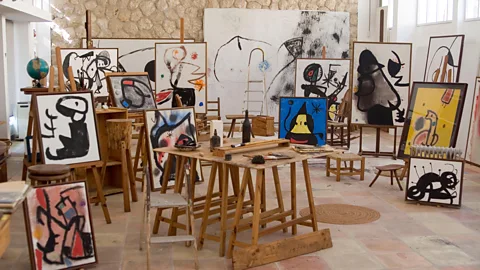
Miró, known for his vibrant and whimsical creations, engaged in a profound dialogue with Raillard, delving into the depths of artistic expression. Their discussions traversed the realms of symbolism, abstraction, and the subconscious mind, offering glimpses into Miró's creative process and philosophical underpinnings.
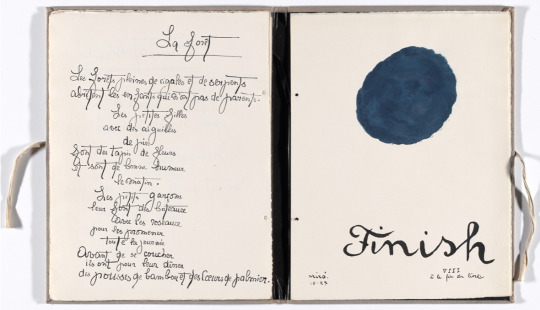
Joan Miró Plate (folio 18) from Il était une petite pie (Once There Was a Little Magpie) 1927–28, published 1928
At the heart of Miró's art lies a fascination with the subconscious and the spontaneous. His works often feature playful forms, vivid colors, and symbolic imagery, inviting viewers into a world of dreamlike abstraction. Through his art, Miró sought to tap into the realm of the unconscious, where pure creativity flows uninhibited by rational constraints.
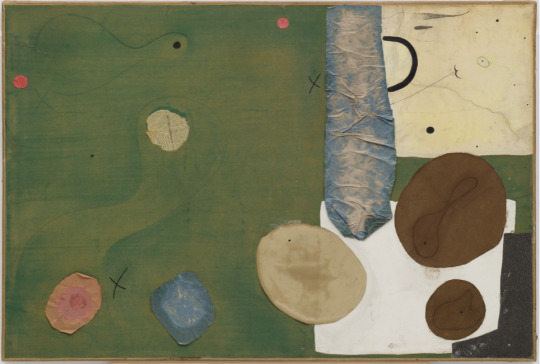
Joan Miró Collage 1929 Conté crayon, gouache, ink, flocked paper, newspaper, abrasive cloth, and various papers on flocked paper 72.7 x 108.4 cm
In his conversations with Raillard, Miró elucidated his belief in the power of art to transcend the limitations of language and logic. He saw painting as a means of communication that bypassed verbal constructs, speaking directly to the emotions and imagination of the viewer. For Miró, the act of creation was a liberating journey into the unknown, where intuition guided the brush and spontaneity reigned supreme.
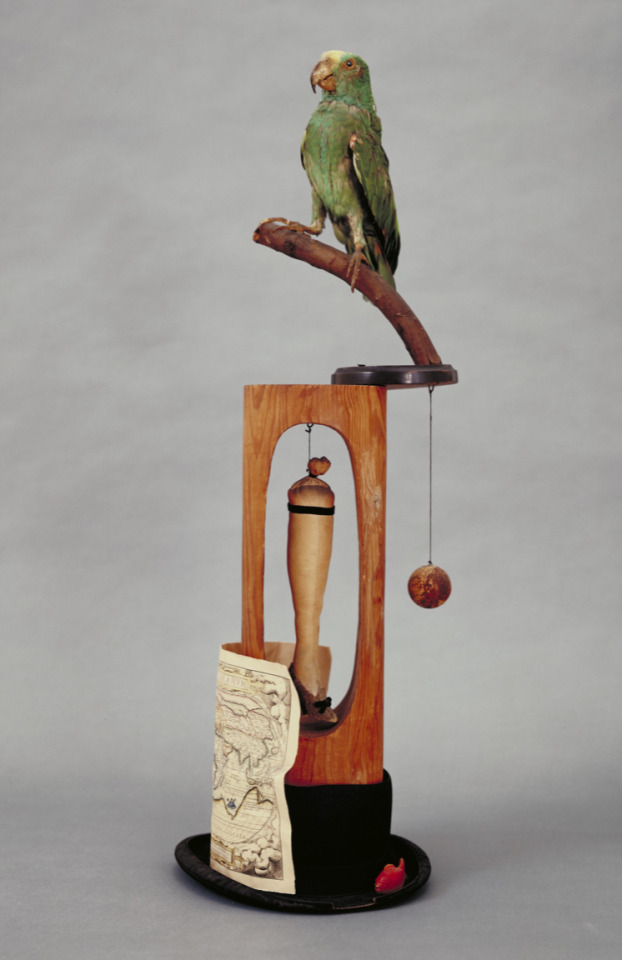
Joan Miró Object Barcelona spring 1936 Stuffed parrot on wood perch, stuffed silk stocking with velvet garter and doll's paper shoe suspended in hollow wood frame, derby hat, hanging cork ball, celluloid fish, and engraved map 81 x 30.1 x 26 cm
Raillard, in turn, provided critical insight into Miró's works, contextualizing his work within the broader currents of surrealism and abstraction. Through his writings and discussions with Miró, Raillard contributed to the appreciation and understanding of the artist's distinctive style and philosophical outlook.
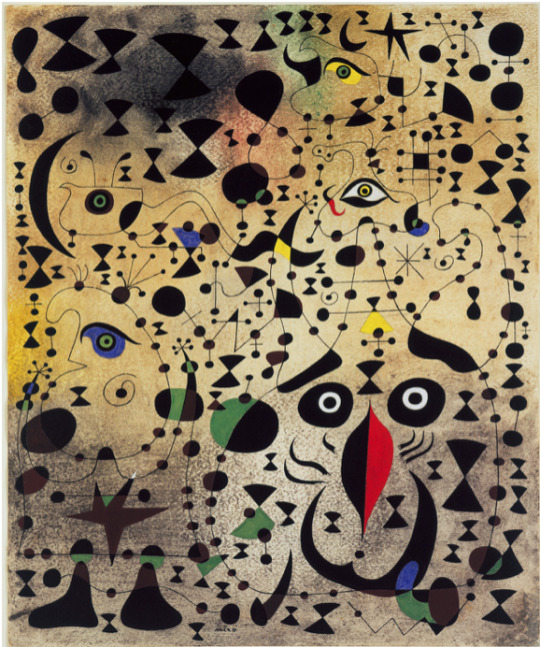
Joan Miró The Beautiful Bird Revealing the Unknown to a Pair of Lovers (Le Bel oiseau déchiffrant l'inconnu au couple d'amoureux) (from the Constellation series) 1941 Gouache, oil wash, and charcoal on paper 45.7 x 38.1 cm
Together, Miró and Raillard forged a dialogue that transcended the boundaries of time and space, leaving behind a legacy of artistic exploration and intellectual inquiry. Their conversations continue to resonate with art lovers and scholars alike, offering profound insights into the mind of one of the 20th century's most visionary artists.
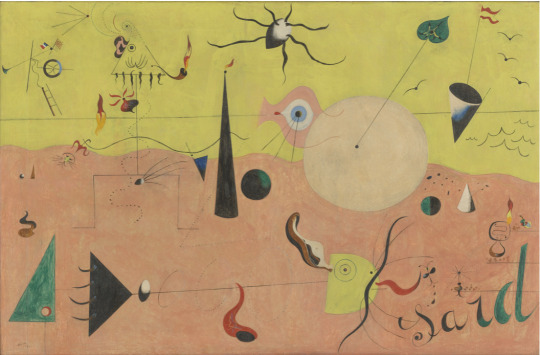
Joan Miró The Hunter (Catalan Landscape)Montroig July 1923-winter 1924 Oil on canvas 64.8 x 100.3 cm
The dialogue between Joan Miró and Georges Raillard serves as a testament to the transformative power of artistic exchange. Through their discussions, they not only deepened the understanding of Miró's art but also enriched the broader discourse on surrealism, abstraction, and the nature of creativity itself.
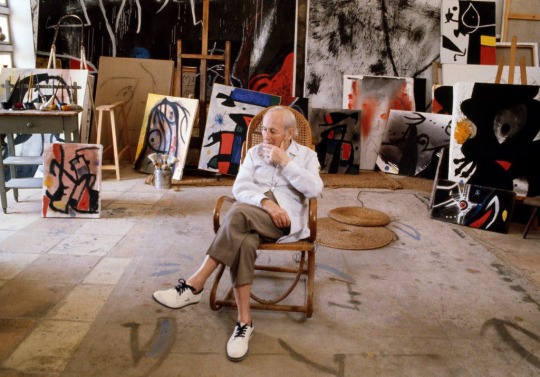
“Rather than setting out to paint something, I begin painting and as I paint, the picture begins to assert itself.” - Joan Miró
The conversation can be found as Düşlerimin Rengi Bu - Georges Raillard ile Söyleşiler from Yapı Kredi Yayınları in Turkish.
1 note
·
View note
Text
Tableaux Vivants Through Ryan Schude's Narrative Lens
Tableaux Vivants, translated from French as "living pictures," stand as captivating narratives frozen in time. Renowned photographer Ryan Schude adeptly employs this art form, weaving intricate tales within single images. Each tableau invites viewers to unravel the subtle motivations behind the characters' actions, often leaving them to address ambiguous scenarios.

Plaskett Ridge, 2014

Summer Camp, with Lauren Randolph, 2012
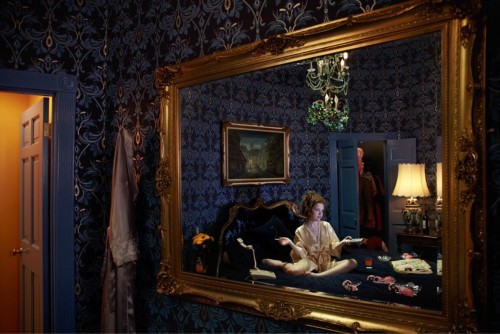
Vous, with Lauren Randolph, 2012
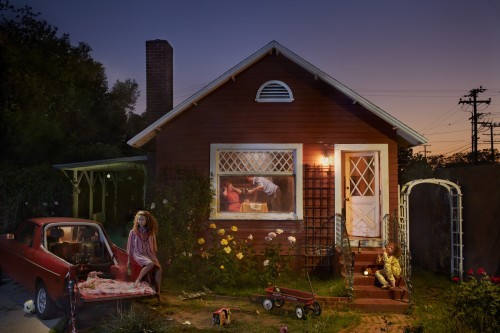
Red House, with Justin Bettman, 2012
In Schude's compositions, every detail is meticulously crafted, from the elaborate set designs to the carefully chosen costumes and lighting. Each element plays a pivotal role in constructing narratives that transcend the confines of the frame, inviting viewers into a world where stories unfold with depth and emotion.

Toaster, 2010

After Party, 2010

Carol Lynn Black, 2009

Promised Land, 2010
Inspired by his personal experiences, Schude's photographs delve into the complexities of familial dynamics. These images center around Nicole, Ryan's sister, as she navigates the challenges of single motherhood following her divorce. Blurring the lines between fiction and reality, these works encapsulate semi-fictional, semi-real stories, marking the beginning of this creative journey for Ryan.

At The Inn, 2011

Pond, 2009

Nest, 2009

Treehouse, 2014
Through his use of tableaux vivants, Schude invites viewers into a realm where the visual narrative reigns supreme. Each photograph serves as a testament to the enduring power of storytelling through imagery, captivating audiences with its richness and depth. As Schude continues to explore the boundaries of this art form, his work stands as a poignant reminder of the timeless allure of narrative photography with the unlikely use of tableaux vivants.
2 notes
·
View notes
Text
Lens of Controversy - Robert Mapplethorpe

Self Portrait, 1985.
Robert Mapplethorpe, a visionary photographer known for his provocative and boundary-pushing work, once said, "I don't like that particular word 'shocking.' I'm looking for the unexpected. I'm looking for things I've never seen before…I was in a position to take those pictures. I felt an obligation to do them." This statement encapsulates Mapplethorpe's approach to art—seeking the unexplored, the unconventional, and the profound.
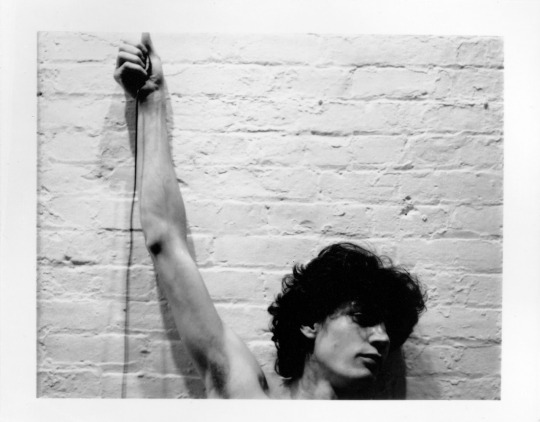
Self Portrait, 1974, Polaroid
Mapplethorpe's work spans many subjects, from homoerotic imagery to delicate floral still lifes. His photographs are characterized by their meticulous composition, exquisite lighting, and profound exploration of form. Despite (or perhaps because of) being diagnosed with AIDS in 1986, Mapplethorpe continued to push the boundaries of his art, producing some of his most ambitious work in the final years of his life.

Calla Lily, 1988 Platinum-palladium print
One of Mapplethorpe's most notable contributions to the art world was his documentation of the New York S&M scene in the late 1970s. These controversial images, depicting nude figures engaged in acts of sadomasochism, sparked debates about artistic expression and censorship. Yet, beyond the shock value, Mapplethorpe's photographs challenged societal norms and expanded the possibilities of artistic representation.
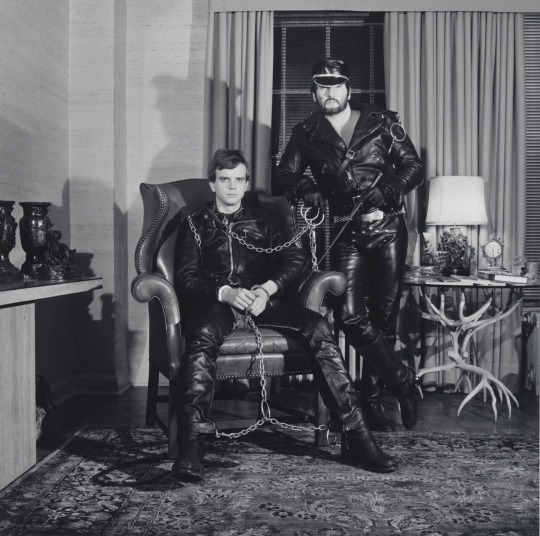
Brian Ridley and Lyle Heeter, 1979
In addition to his exploration of taboo subjects, Mapplethorpe also delved into the realm of self-portraiture. These introspective images offer a glimpse into the artist's psyche, as he experimented with different personas and identities. Through his self-portraits, Mapplethorpe invites viewers to confront their preconceptions and biases, challenging them to see beyond the surface and into the depths of human experience.
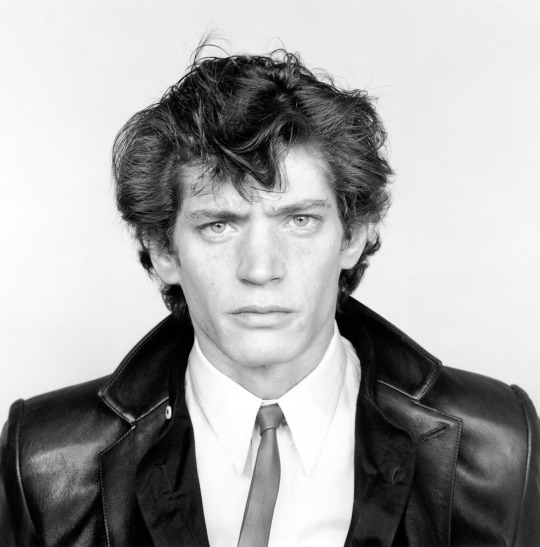
Self Portrait, 1982
Mapplethorpe's legacy continues to resonate in the art world, inspiring generations of artists to push the boundaries of their craft. His fearless exploration of taboo subjects and unwavering commitment to artistic integrity have left an indelible mark on the history of photography. As Patti Smith, Mapplethorpe's muse and friend, once said, "His work magnifies his love for his subject and his obsession with light." Mapplethorpe’s passion and vision shine through in his photographs, inviting viewers to see the world with new eyes.
2 notes
·
View notes
Text
Ink, Lens, and Lyrics – The Creative World of Patti Smith
Patti Smith, a pioneer of punk rock's raw emotion and lyrical depth, has left an enduring legacy in music history. Her journey as an artist highlights the importance of staying true to oneself, embracing rebellion, and pursuing passions.
In the 1970s, Smith was a leading figure in New York City's punk scene. Her debut album, "Horses" (1975), broke new ground by blending spoken-word poetry with rock music. Tracks like "Gloria" and "Land" showcased her unique style, captivating audiences and pushing the boundaries of what rock music could be.
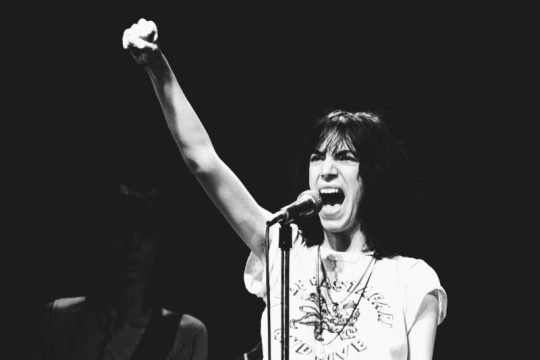
Patti says these about her life as an artist: I first vowed myself that I would be an artist, or at least follow a calling within the arts when I was twelve. My father took us to an art museum in Philadelphia, and I saw Picassos for the first time. And when I saw these Picassos, I don’t even know what came over me, but I was so transfixed, and I felt that’s what I wanna do. I wanna do that, whatever that is.

Born on December 30, 1946, in Chicago, Illinois, Patti Smith's childhood was filled with a deep passion for literature and the arts. Influenced by the writings of William Blake, Arthur Rimbaud, and Bob Dylan, she began a journey that blended music, poetry, and activism effortlessly.
Smith's creativity knows no bounds. She is a writer, painter, and photographer, channeling her boundless imagination into various mediums. Her memoir, "Just Kids" (2010), offers a glimpse into her relationship with Robert Mapplethorpe and their bohemian life in New York City.
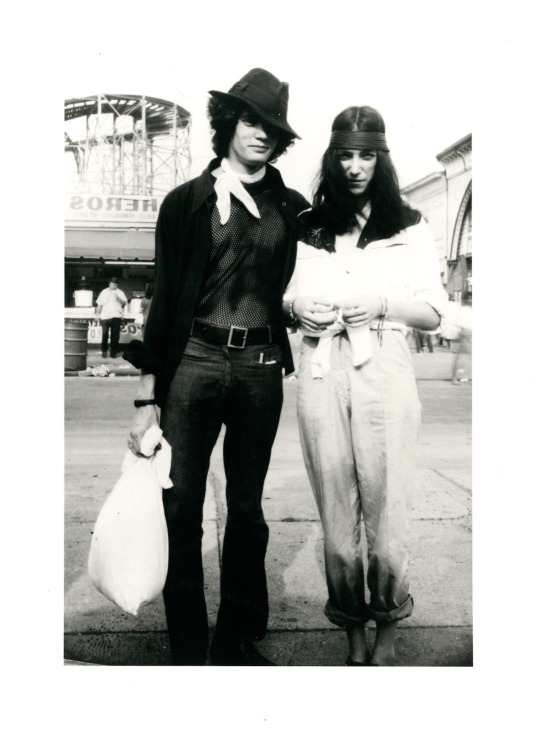
Throughout her career, Patti Smith has remained devoted to social activism and humanitarian causes. Her music acts as a powerful call for justice and freedom, addressing issues of oppression, inequality, and the human condition with honesty and integrity. As a pioneering woman in a male-dominated field, Smith has broken stereotypes and paved the path for future female artists. Her fearless embrace of individuality and rejection of societal norms have established her as an icon of rebellion and resilience.
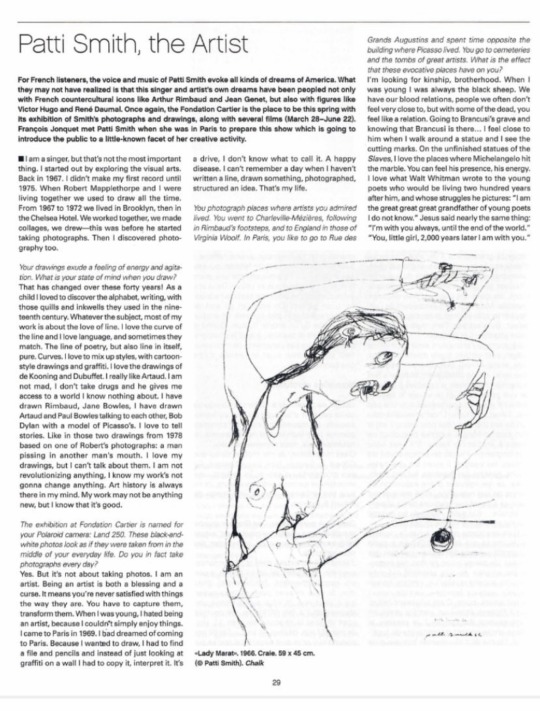
2 notes
·
View notes
Text
Behind the Visual Curtain of "The Princess Diaries 2"
In "The Princess Diaries 2: Royal Engagement," visual aesthetics play an important role in bringing the enchanting world of Genovia to life. Let's explore the elements that contribute to the magic of this film.
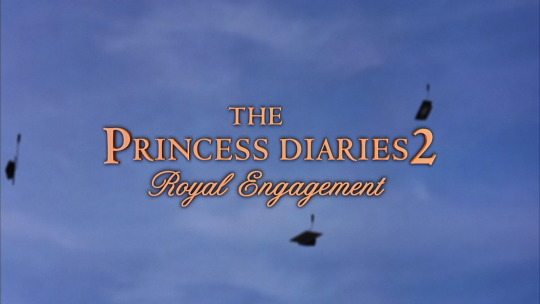
Set Design: The film artfully juxtaposes the modern, vibrant cityscape of San Francisco with the opulent and regal setting of Genovia. The Genovian palace steals the spotlight with its grandeur and elegance, boasting ornate furnishings, lavish tapestries, and majestic architecture that evoke a palpable sense of royalty and tradition.
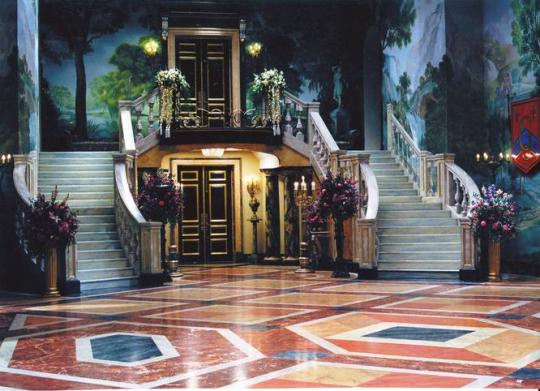
Costume Design: Mia Thermopolis's journey of self-discovery and growing confidence is beautifully reflected in her wardrobe choices. Her outfits seamlessly blend Genovian and American fashion styles, visually representing her evolving identity. Costumes adorn the characters and play a crucial role in defining their personalities and cultural backgrounds.
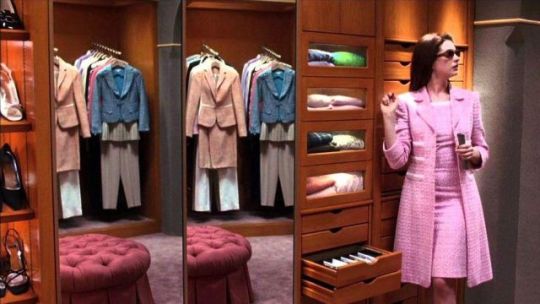
Production Design: Key locations such as the Genovian palace, Mia's eclectic apartment, and the picturesque Genovian countryside are meticulously crafted to evoke specific emotions and themes. The palace interiors exude opulence with luxurious furnishings and ornate decor, while Mia's apartment mirrors her quirky personality through vibrant colors and eclectic decor choices.
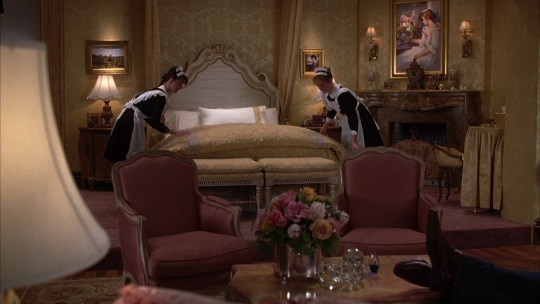
Character Design and Development: Mia's transformation from an awkward teenager to a confident princess is mirrored in her evolving hairstyle, wardrobe, and posture. Queen Clarisse and Lilly are also visually distinct characters, each with their own unique styles and characteristics that add depth to the narrative.
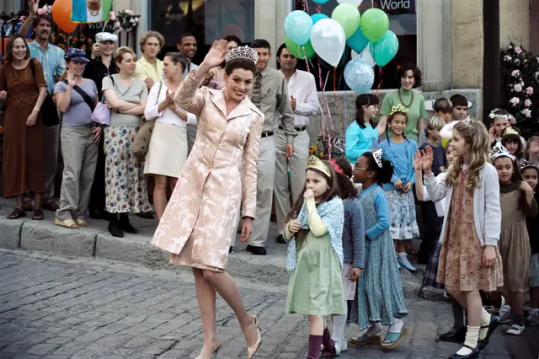
In conclusion, the meticulous attention to detail in set, costume, production, and character design elevates "The Princess Diaries 2" to a visually pleasing piece. These elements not only enrich the storytelling experience but also transport viewers into a captivating world of royalty, romance, and self-discovery.
2 notes
·
View notes
Text
Unlocking the Symbolism: The Enchanting World of Oriental Turkish Rugs
Oriental Turkish rugs are not only decorative pieces; they are exquisite expressions of culture, tradition, and spirituality. Their intricate designs, bursting with vibrant colors tell stories, convey beliefs, and encapsulate centuries of heritage. Let's delve into the captivating world of Oriental Turkish rugs and explore the profound symbolism behind some of their most common motifs.
Hands on Hips Motif:

A prevalent motif in Oriental Turkish rugs is the depiction of hands on hips, often symbolizing fertility, strength, and independence. Rooted in Turkish dance culture, this motif may have initially represented dancers in motion, evolving over time to become a powerful symbol in rug weaving. This motif embodies courage and resilience, honoring the weavers' spirit and determination.
Grain Motif:
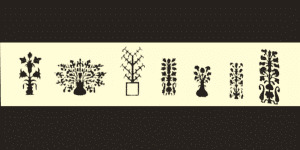
While not traditionally considered a motif, the grain pattern represents the cycles of growth, harvest, and renewal. The ribbed texture mimics the earth's ridges after planting, highlighting the interconnectedness of all living things. Through subtle design choices, weavers infuse rugs with a sense of movement and harmony, echoing the rhythms of nature.
Eye Motif:

The iconic eye motif, known as the "Nazar", serves as a powerful symbol of protection against the evil eye in Turkish culture. Woven into rugs, it offers spiritual safeguarding to its owners. With concentric circles and intricate details, the eye motif stands as a timeless emblem of tradition and heritage, seamlessly blending ancient beliefs with contemporary aesthetics.
Birds in Flight:

Symbolizing hope and anticipation, the motif of birds in flight evokes feelings of optimism and positivity. In Turkish folklore, spotting a bird in the distance heralds the arrival of good news, making this motif a bearer of joy and promise. Through skillful weaving techniques, artisans capture the freedom of birds, infusing rugs with a sense of lightness and wonder.
Ear of Grain:

Depicting stalks of wheat or barley, the ear of grain motif embodies themes of fertility, abundance, and prosperity. It celebrates the earth's prosperity and the rewards of hard work, connecting with the cycles of nature. The ear of grain motif symbolizes growth, renewal, and the enduring bond between humanity and the land.
This also inspires contemporary art production practices of artists.
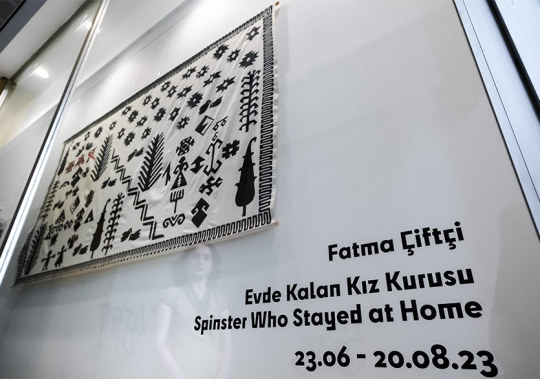
In conclusion, Oriental Turkish rugs go beyond floor coverings; they are timeless works of art infused with symbolism and tradition. From the intricate hands-on hips motif to the protective gaze of the eye, each design element carries with it a rich tapestry of cultural heritage and spiritual significance. As we admire these masterpieces, let us also appreciate the skilled hands and profound wisdom of the artisans who weave stories into every thread, keeping alive the enchanting legacy of Turkish rug making.
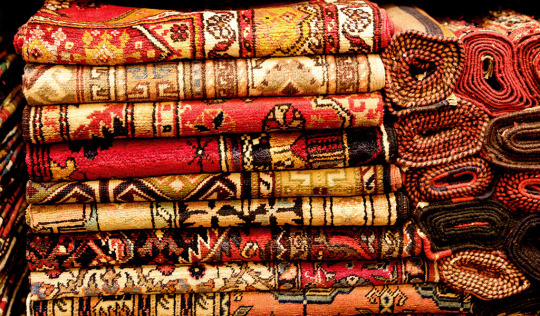
2 notes
·
View notes
Text
Flash Mob Culture Through Fatboy Slim's "Praise You" Music Video
In the late 1990s, a unique cultural phenomenon emerged, blending spontaneous performance art with the power of digital connection. Flash mobs, characterized by groups of people assembling suddenly in a public place to perform a seemingly pointless act and then spreading out, captivated the imagination of people. One iconic representation of this era is the music video for Fatboy Slim's "Praise You," directed by Spike Jonze and Roman Coppola.
Released in 1999, the "Praise You" music video offers a quirky, and cute portrayal of flash mob culture. Set in front of the historic Fox Theater in Westwood Village, Los Angeles, the video captures the essence of spontaneity and community-driven creativity that defined the era.
The video begins with a title card announcing a "Torrance Community Dance Group Presentation," immediately setting the stage for what unfolds next. What follows is a delightfully amateurish yet charming dance performance by a fictional group of dancers. Led by Spike Jonze himself and members of the renowned Rock Steady Crew, the routine is intentionally unpolished, adding to its quirky appeal.
We can see some examples of flash mob culture in that era’s TV series. Modern Family and Glee had flash mob scenes with En Vogue’s Free Your Mind, and Glee with The Safety Dance by Men Without Hats.
youtube
youtube
What sets the "Praise You" video apart is its incorporation of real-life reactions from unaware people. As the dancers break into their routine, the camera captures genuine responses from pedestrians, with various emotions visible. This element of authenticity adds a layer of unpredictability and excitement to the performance, blurring the lines between art and reality.
Throughout the video, the dancers interact playfully with their environment, incorporating elements of improvisation and spontaneity. They wave at observers, engage with the camera, and even pause their routine to acknowledge the crowd. This sense of community and connection demonstrates the spirit of flash mob culture, where individuals come together to create moments of shared joy and spontaneity.
As the performance climaxes, the crowd outside the theater applauds the dancers, culminating in a heartwarming display of appreciation and camaraderie. The video's feel-good ending reinforces the notion that, despite its seemingly frivolous nature, flash mob culture has the power to bring people together and uplift spirits.
In retrospect, the "Praise You" music video serves as a nostalgic snapshot of an old era, capturing the essence of a cultural phenomenon that defined the late 1990s and early 2000s. It celebrates the spirit of spontaneity, creativity, and community that made flash mobs a memorable and cherished part of our cultural landscape. And like the dancers in the video, we can't help but join in the joy of it all.
3 notes
·
View notes